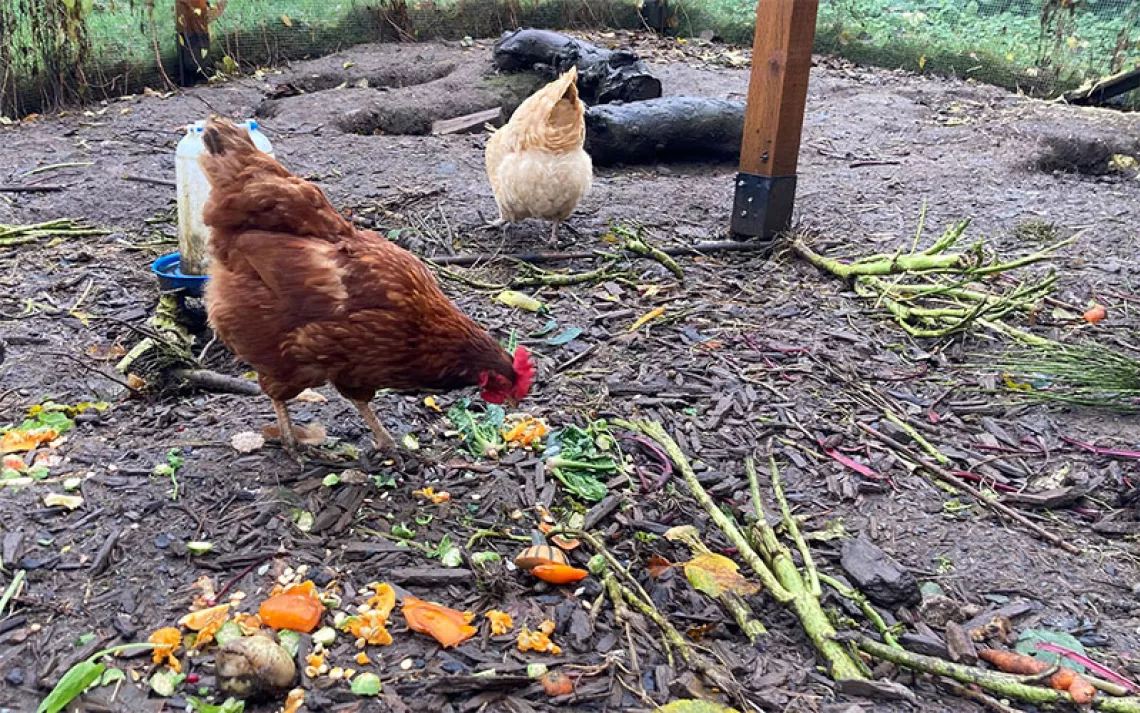The 5 Best Invasive Species to Eat
Worried about non-native plants and animals? Just eat 'em.
You already know that industrial agriculture is hard on the planet. Still, you've got to eat. How convenient, then, that some ecosystems are reeling from an onslaught of invaders—exotic species that come from distant lands and overwhelm their new habitats. The solution: Eat the invasives. Here are five to try.

European green crabThe European green crab, a quick-breeding crustacean sold by the bucket in the markets of Italy, has colonized both North American coasts, dramatically reducing the numbers of native crabs, clams, and scallops.
Green crabs are small, but you can boil and eat them just as you would an Atlantic blue crab.

Chinese mystery snailThe Chinese mystery snail has taken up residence in waterways all over the United States, including the Pacific coast, the Northeast's rivers, and the Great Lakes. The snails grow to about the size of a golf ball, reproduce rapidly, and compete with imperiled native snails. During the warmer months, they're easy to find and collect.
Keep them in a water-filled bucket for a few days to purge them of pollutants, then boil them, extract their meat, and use them as you would clams. Snail chowder, anyone?

Garlic mustardGarlic mustard, with its scalloped leaves and four-petaled white flowers, is easy to spot. The fast-spreading weed, native to Europe, is popping up all over the Northeast, overtaking forest floors and smothering wildflowers.
Use garlic mustard's peppery leaves to add a mild kick to salads and pesto, or boil them for a few minutes to make them taste like broccoli rabe. Its stems—raw or cooked—are like a pungent version of asparagus, and its roots can substitute for horseradish.

LionfishThe lionfish, a top-level predator from the Indo-Pacific, is wreaking havoc from the Caribbean's coral reefs to the waters off the Carolinas. Its meat—clean and delicate—tastes like snapper.
Though the creature's venomous spines make catching it tricky, spear fishers know how to do it. Lionfish can be pan-fried, chopped into ceviche, grilled for tacos, or prepared any other way you would a mild whitefish.

KudzuKudzu, the "vine that ate the South," covers forests from Texas to Maryland. Introduced from Japan and China to control erosion, decorate gardens, and provide cattle forage, this weed is tough and fast—so let's eat it back.
Kudzu sprigs can be fried, or blanched and cooked like spinach. Pickle the older leaves and make them into dolma wraps, use the flowers to flavor jams, or grind the roots for a cornstarch-like thickener. (Warning: Don't forage kudzu that may have been sprayed with pesticides.)
 The Magazine of The Sierra Club
The Magazine of The Sierra Club



